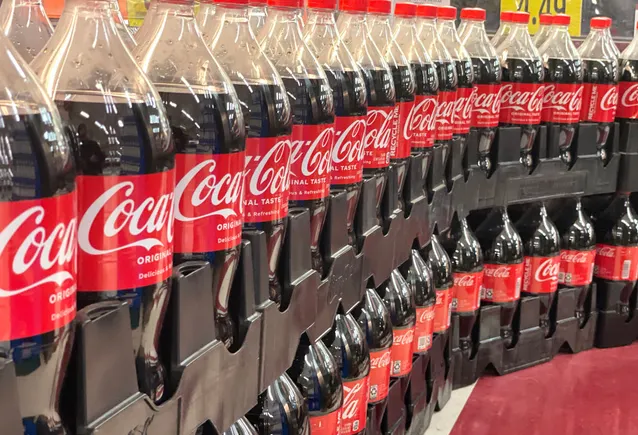Summary:
- Coca-Cola reported a decrease in sales in the U.S. due to weakened consumer demand, particularly among Hispanic consumers, according to CEO James Quincey during the company’s recent earnings call.
- The beverage giant experienced a 3% drop in volumes in North America in the most recent quarter, with an 8% increase in price mix driven by subdued sales for Coca-Cola and its other beverage categories. Overall sales in the region declined by 4%.
- A false viral video falsely accused Coca-Cola of reporting undocumented workers to Immigration and Customs Enforcement, leading to a call for a boycott among Latino consumers. Quincey clarified during the earnings call that the video was “completely untrue” and that the company is working on recovering from the negative impact, which is now mostly in the past.
Insight:
Consumer concerns about politics and the economy are affecting the food and beverage industry, with inflation and opposition to U.S. trade and immigration policies contributing to a slowdown in spending globally.
As the Trump administration increases deportation efforts, Hispanic consumers have reduced their social activities, leading to a decline in food and beverage expenditures. Other consumer packaged goods companies are also witnessing a similar trend among Hispanic consumers, such as Constellation Brands, which experienced a decrease in sales for brands like Corona and Modelo in recent months.
The viral video from February was debunked by Reuters. Quincey mentioned that the false video affected Coca-Cola sales in states along the southern border, along with economic instability and adverse weather conditions.
Apart from the viral video, affordability concerns have led to reduced spending in both the U.S. and Mexico. While the impact of tariffs remains uncertain, many consumers are already cutting back on their expenses in anticipation. The company is focused on regaining Hispanic consumers through various strategies, including affordability options.
Coca-Cola’s “Share a Coke” campaign, relaunched recently, is expected to drive sales among Gen Z and multicultural consumers this summer. The company emphasizes its local production of sodas as a selling point.
Despite challenges with Hispanic consumers, Coca-Cola has seen success with new products. Quincey highlighted the strong performance of the new Coca-Cola flavor Orange Cream, generating $50 million in sales in the last quarter. The introduction of Simply Pop, a prebiotic soda in select markets, allows the company to experiment and potentially expand its offerings in the health-conscious beverage category.
Financial analysts have expressed confidence in Coca-Cola’s ability to deliver value to shareholders amidst economic uncertainties. Morgan Stanley highlighted the company’s resilience to a weaker U.S. dollar compared to its competitors in the beverage industry, citing minimal tariff exposure and local sourcing as strengths. However, sales of products consumed outside the home could pose some risks for the company.
Bank of America also praised Coca-Cola’s performance, stating that the company is on track to meet its financial goals, which is a standout achievement in the consumer staples sector this earnings season.

